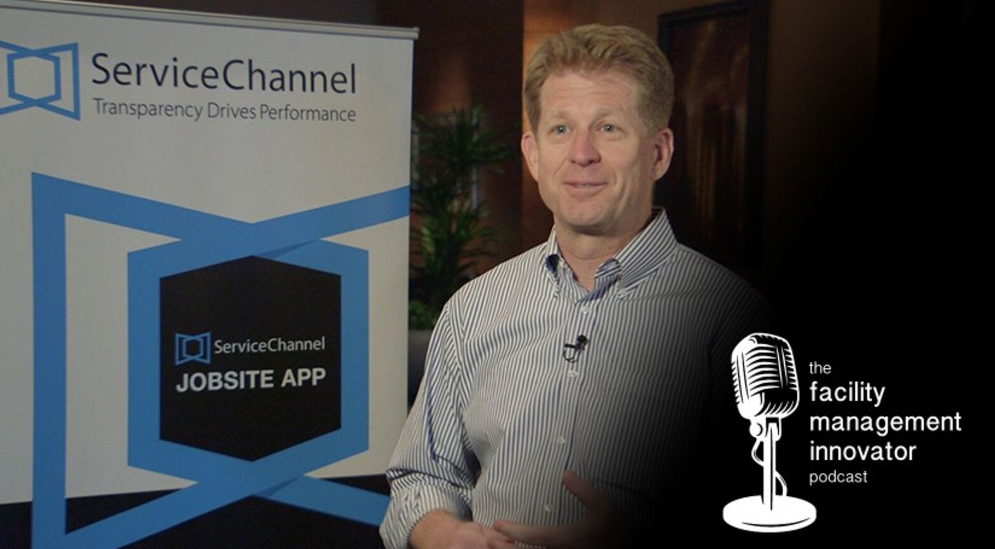How Grocery Stores Can Save Money Through Preventative Maintenance
Running a grocery store successfully means juggling a lot of responsibilities while spinning a lot of plates while herding a lot of cats, and oh look at that, there’s a spill on Aisle 9. Suffice to say, grocery stores have a lot of moving pieces. But it’s possible to move into a more proactive approach, with more control and peace of mind. If you look at the management of your facility by prioritizing preventive maintenance, you end up saving money and time while worrying less about any negative impacts on the customer experience.
Preventative maintenance gets rid of your headaches
The typical U.S. grocery store spent $1.71 per square foot on facilities repairs and maintenance in 2020. On average, this broke out to a spend-per-location of $101,900. A massive bite out of your profits. We aren’t suggesting that we can get this number down to zero, but we are suggesting that we can help you understand the amount you’re spending relative to your peers in the grocery industry, and guide you in how to lower it significantly.
Is your location one of the 25% that spends a much higher rate of $2.63 per square foot? Or are you on the other end of the curve, closer to $1.50 per square foot. Where is all that money going? Depending on your brand’s needs, these are some of the dials that can turn and affect your overall spend: Brand standards, service provider quality and geography, asset age/condition, maintenance program investments, facility format, and landlord responsibilities.
Preventative maintenance and refrigeration
The refrigeration trade weighs heaviest on budgets, accounting for one third of R&M spend. Grocery stores hold vast inventory of cold and frozen food, and maintaining the cold chain is critical for food safety and customer trust.
One way to carve down some of that cost, though, is to set plans for regular preventative maintenance of your cold storage grocery infrastructure. The goals of refrigeration maintenance are to avoid disruptive operational failures, increase energy efficiency, prevent refrigerant leaks, and extend asset lifetime.
Think of it this way: you want to stay in the preventative maintenance spending category as much as possible, relative to repairs. Repairs take longer and cost more, and when assets are down, you’re often losing revenue on the store floor. Almost half of repairs are emergencies, which tend to have a response time of up to 8 hours. To avoid food product loss and safety risks, enact preventative maintenance and reduce such incidents.
So what’s everybody else spending on preventative maintenance?
Everybody wishes they could reduce their facilities management budget. But it’s hard to know if you can if you don’t know what the industry averages are. That’s where we can help.

These are the broad strokes, but when you partner with us you have access to a much more granularly-detailed report about how much your peers in the grocery industry are spending. This empowers you to make smarter decisions about how you’re using your budget to maximize profits.
Better benchmarking leads to better grocery facility performance
For a look at the full report on how grocery stores can save on costs and select the top performing service providers, check out our Grocery Benchmark Report.



